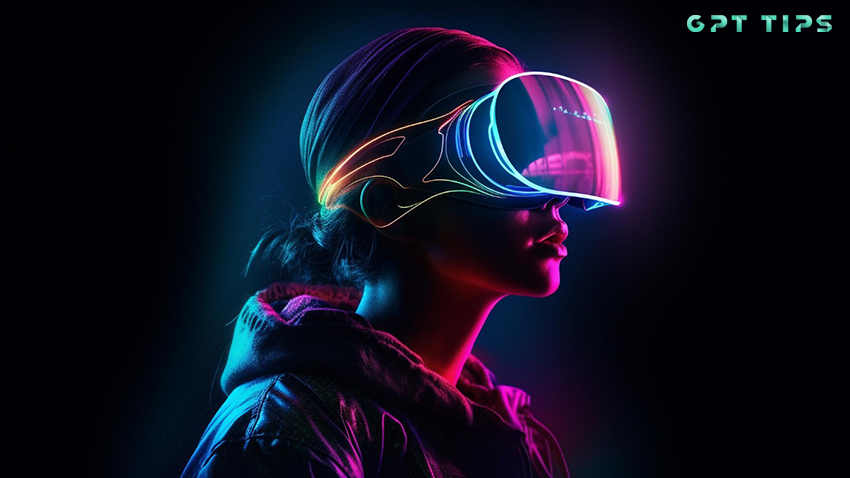In an era where data reigns supreme, businesses are turning to Artificial Intelligence (AI) to supercharge their marketing efforts. An AI-powered marketing strategy isn’t just about automation; it’s about unlocking the full potential of your data. Keep reading to find out How to Design an AI Marketing Strategy in 10 Steps.
1. Understanding the Power of AI in Marketing
AI is not just another buzzword; it’s a game-changer in marketing. AI can analyze vast datasets with lightning speed, uncover hidden patterns, and make real-time decisions. For instance, Netflix’s recommendation system uses AI to analyze your viewing habits and suggest content you’re likely to enjoy.
2. Define Your Goals and KPIs
Before diving into AI, clarify your marketing goals and Key Performance Indicators (KPIs). Are you aiming to increase website traffic, boost sales, or enhance customer engagement? Knowing your objectives is crucial. As Jennifer Lopez, a marketing strategist, puts it, “AI is a tool; it amplifies your goals. It can’t work wonders if you’re not clear about what you want.“
3. Data is King: Collect, Clean, and Organize
AI relies on data. Start by collecting relevant data from various sources, such as customer interactions, website analytics, and social media. Ensure your data is clean and organized. AI can’t work its magic with messy data. Take a page from Amazon’s book; their data-driven approach helps them personalize recommendations and increase sales.
4. Choose the Right AI Tools and Platforms
Selecting the right AI tools and platforms is crucial. Consider AI-powered marketing automation platforms like HubSpot or Marketo, which can streamline your marketing efforts. Don’t forget about AI chatbots; they can provide instant customer support, like Sephora’s chatbot that helps customers find the right products.
5. Personalization at Scale
AI enables hyper-personalization. It can analyze customer behavior and tailor marketing messages accordingly. Starbucks, for example, uses AI to send personalized offers to their loyalty program members, increasing customer engagement.
6. Predictive Analytics for Smarter Decision-Making
AI’s predictive analytics can help you anticipate customer behavior. For instance, IBM Watson analyzes historical sales data to predict which products are likely to perform well during certain seasons, allowing businesses to optimize their inventory.
7. Automate Routine Tasks
AI excels at automating repetitive tasks. Chatbots can handle customer inquiries 24/7, while AI-driven email marketing tools like Mailchimp can send personalized messages at the best times. This frees up your team to focus on strategic activities.
8. Continuous Learning and Optimization
AI is not a set-and-forget tool. It learns from data and evolves. Regularly analyze AI-generated insights to fine-tune your strategy. Just as Google’s search algorithm continually updates to provide better results, your AI strategy should adapt to changing customer preferences.
9. Ethical Considerations and Transparency
As AI becomes more ingrained in marketing, ethical considerations are paramount. Be transparent about your use of AI and ensure compliance with data privacy regulations like GDPR. Remember, trust is key in maintaining customer relationships.
10. Measure and Iterate
Finally, track the performance of your AI marketing strategy using your predefined KPIs. Tools like Google Analytics can help you understand what’s working and what needs improvement. Iterate and refine your strategy accordingly.
Check Out Next: Top 4 AI Marketing Chatbots to Enhance Your Marketing Strategy
In conclusion, designing an AI marketing strategy is a transformative journey that requires a clear vision, the right tools, and a commitment to data-driven decision-making. By harnessing the power of AI, you can unlock new levels of efficiency and effectiveness in your marketing efforts, ultimately driving growth and success for your business.
Subscribe for the latest news & updates.





Leave a Comment